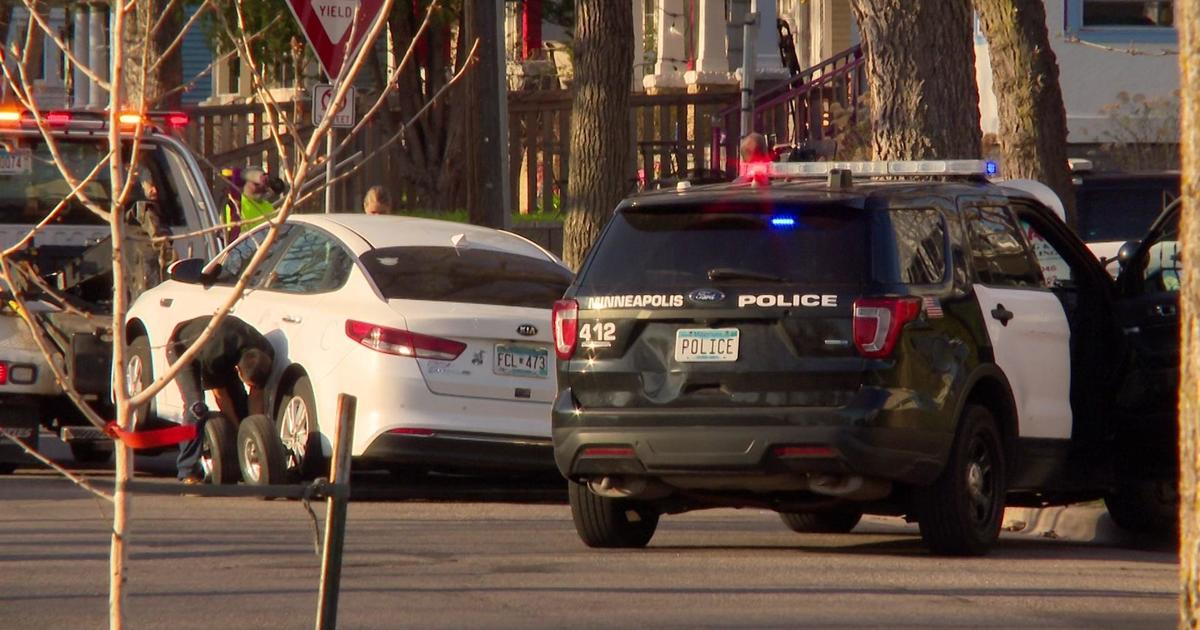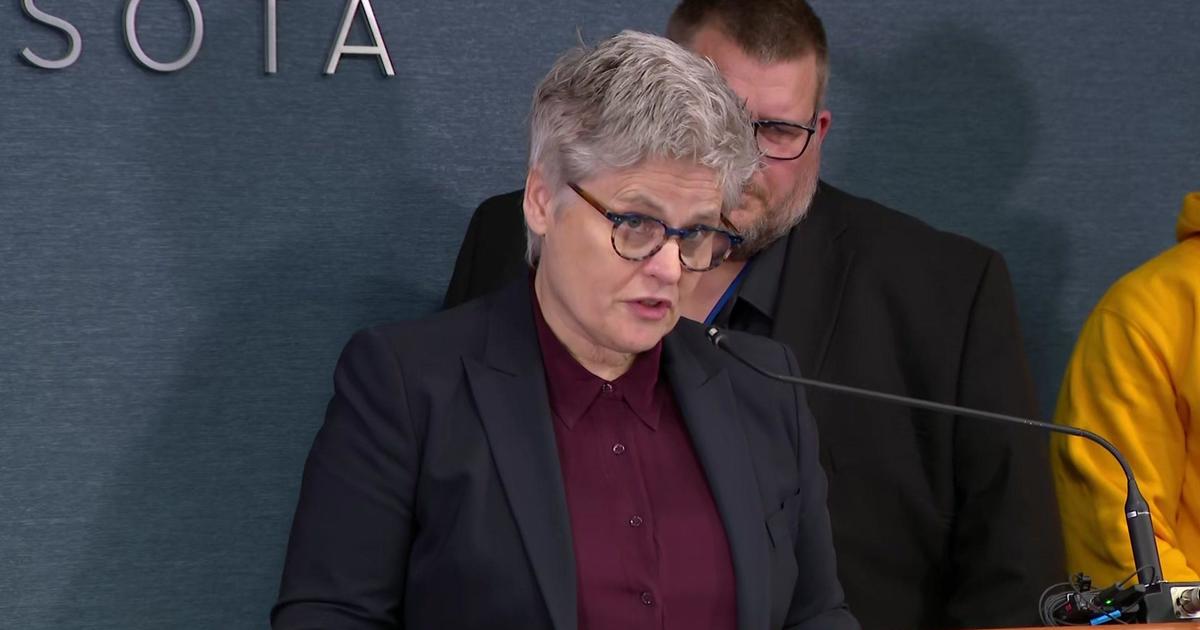Firm Investigating Sabo Bridge Failure Releases Full Report
MINNEAPOLIS (WCCO) -- An engineering firm investigating what caused a structural failure to the pedestrian bridge over Hiawatha Avenue has released its full report of findings.
The 140-page report goes over, in great detail, the findings of Wiss, Janney, Elstner Associates, Inc.
Earlier this month, the engineering firm hired to investigate the Feb. 19 incident, in which two suspension cables snapped on the bridge, announced they were putting primary blame for the failure on wind-induced cable vibrations.
The engineering firm said the vibration of the cables appears to have resulted in fatigue cracks in the connecting diaphragm plates. The result was that the two cables fractured.
Winds were reported to be at 6-13 mph for several hours before the cables gave way, and the temperature at the time of the failure was 23 degrees, as detailed in the report's executive summary.
The failure led to the bridge's closure to pedestrian traffic and the temporary closure of Hiawatha Avenue to traffic for a few weeks.
WEB EXTRA: Full Report On Bridge Findings (.PDF)
Traffic was allowed to continue under the bridge once a series of support structures were placed underneath, however the engineering firm reported that the bridge's design -- which included structural redundancies -- proved to work by supporting the bridge even after the cables broke loose.
The review says the stay cable vibrations induced by wind were not included in the original design calculations, but Wiss, Janney, Elstner Associates noted, "other than the vulnerability of the cable diaphragm plates to fatigue damage from wind-induced vibration, the design is structurally adequate."
The report also suggests, "the existing cable diaphragm plates should be retrofitted to enhance fatigue resistance, including the backstay plates. Cable damping systems should be considered to avoid user concerns and protect the cables themselves."
The cost of an upgrade to make the connection less acceptable to fatigue loading could be high -- upwards of $1 million, plus another $1 million for a permanent fix, according to Steve Kotke, director of public works in Minneapolis.



